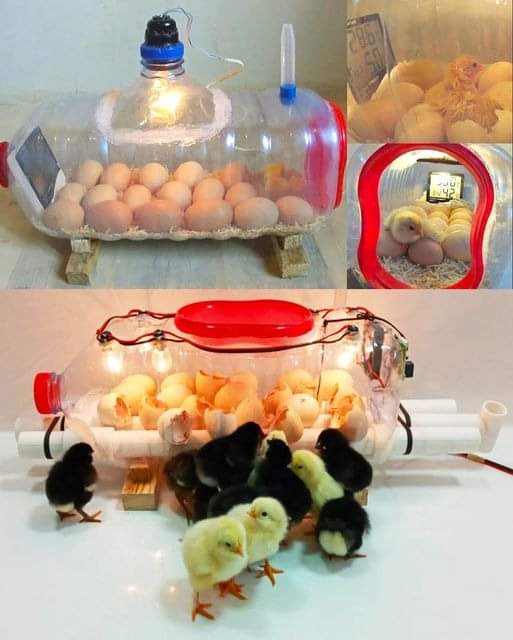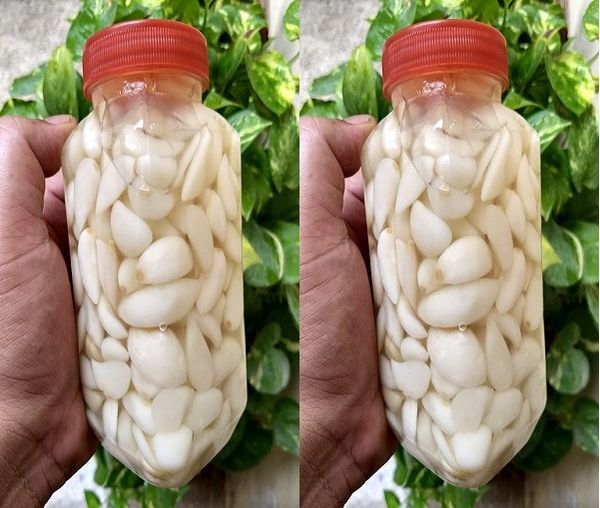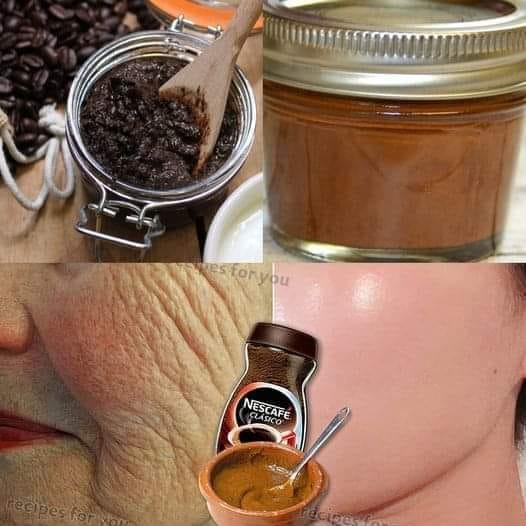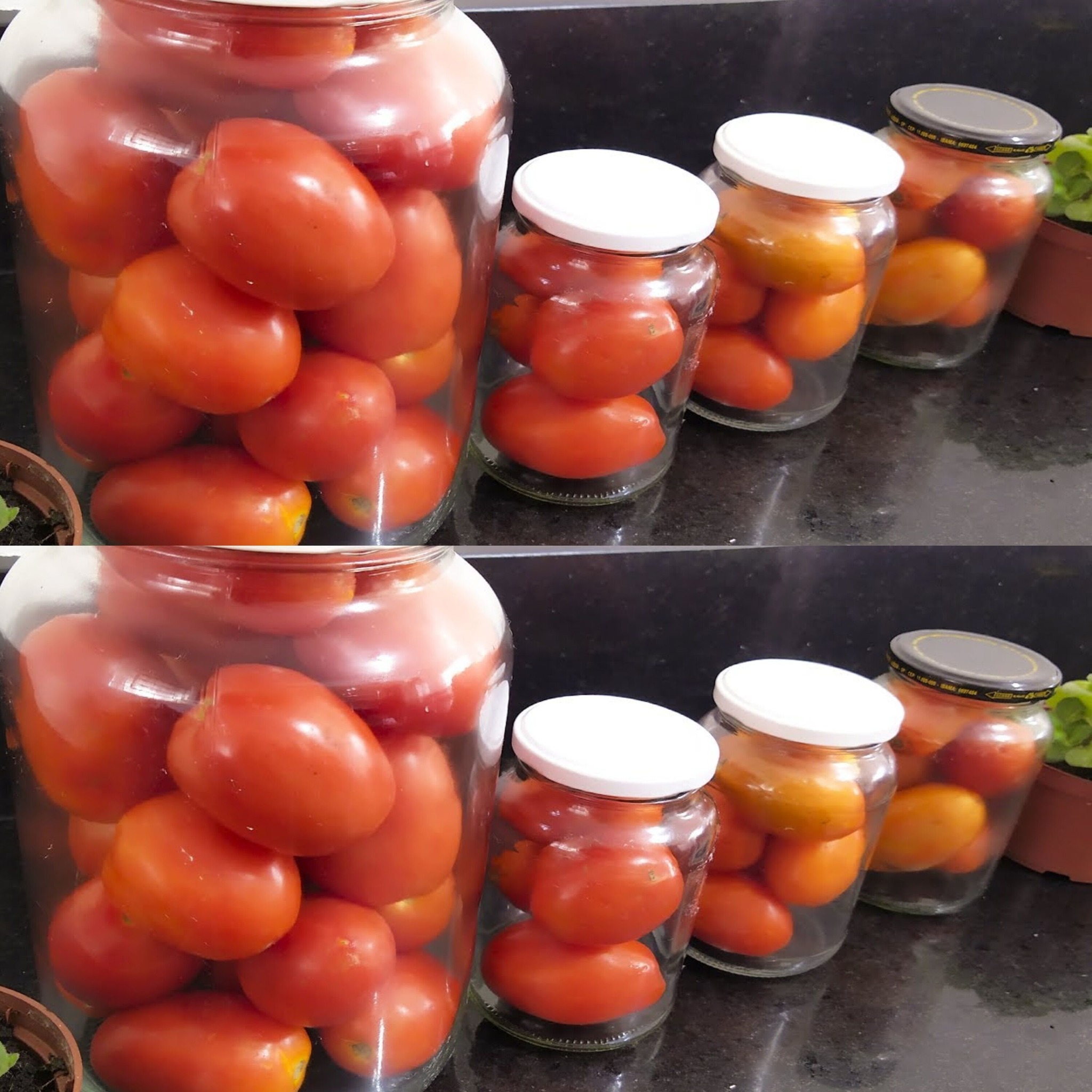Health And Natural Herbs
Zero-Cost Home Incubator: Hatching Life with a Recycled Bottle

Ever dreamed of witnessing the miracle of life firsthand? With a little ingenuity and recycled materials, you can create a surprisingly effective incubator from a simple plastic bottle! Here’s what you’ll need:
Materials (all readily available at home):
- Large plastic bottle (2 liters or more)
- Sharp knife or box cutter
- Ruler
- Marker
- Socks or cloth (optional)
- Thermometer (digital preferred)
- Small water container
Method:
- Bottle Preparation: Wash the plastic bottle thoroughly with warm soapy water and dry completely.
- Creating Ventilation Holes: Using the ruler and marker, mark several small holes (around the size of a pencil lead) near the top and bottom halves of the bottle. Ensure the holes are evenly spaced for proper air circulation. Carefully cut out the marked holes using the knife or box cutter.
- Crafting a Door (Optional): For easier access, you can create a small door on the side of the bottle. Mark a rectangular opening and carefully cut it out. You can secure the door with small hinges made from tape or string, allowing it to open and close easily.
- Building the Nest: Line the bottom of the bottle with socks or a soft cloth to create a comfortable and insulating nest for your eggs.
- Temperature Regulation: Place a small container filled with water inside the bottle. This will help regulate humidity and temperature. A digital thermometer placed inside the bottle allows you to monitor temperature consistently.
Operating Your Incubator:
- Research Egg Requirements: Different types of eggs require specific temperatures for proper incubation. Research the ideal temperature for the eggs you plan to hatch.
- Maintaining Temperature: You can adjust the temperature inside the bottle by placing it in a warm location or by adding warm water to the container. Monitor the temperature frequently and adjust as needed. Aim for a consistent temperature within a few degrees of the ideal range.
- Turning the Eggs (Optional): For some eggs, turning them regularly is crucial for proper development. Research the turning requirements for your specific eggs and gently turn them a few times a day.
- Humidity Control: Adding a few drops of water to the sock/cloth lining can help maintain humidity. However, avoid making it too wet.





